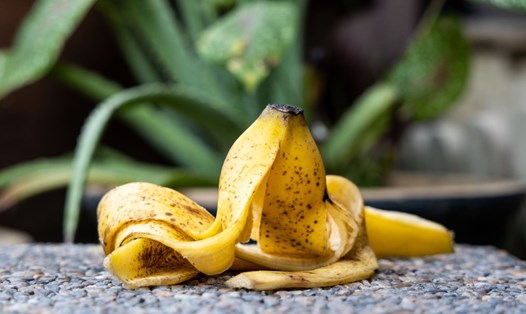Understanding how botox works on the skin
Botox is commonly used cosmetically to reduce wrinkles, especially those on the forehead, around the eyes (crow's feet) and between the eyebrows. It relaxes facial muscles, smoothing the skin and creating a more youthful appearance.
However, recently, on social networks, there has been a lot of content shared about rubbing banana peels on the face to take care of the skin, which can replace botox.
Dr Pravin Banodkar, dermatologist and co-founder of Skin Beyond Borders (SkinBB, India) shares his views on this approach.
Botox works by temporarily blocking nerve signals to muscles, preventing them from contracting and reducing the appearance of wrinkles, says Banodkar.
“As a licensed dermatologist, I am really concerned about the viral trend that promotes using banana peels on the face for a ‘botox-like effect,” says Dr. Pravin Banodkar.
Most DIY skincare videos online, he adds, are driven primarily by creating content for engagement and likes, shares, and followers – rather than providing evidence-based skincare advice.
“While some content creators may share their genuine personal experiences, such results cannot be considered scientific evidence and they often use lighting, camera equipment filters and specific camera angles to create before and after effects which can be misleading,” explains Dr Pravin Banodkar.
Does banana peel work like botox?
Unlike Botox, banana peels only provide temporary hydration or plumping, says Dr. Pravin Banodkar. Claims that banana peels are equivalent to Botox are not only unfounded but also dangerously misleading. These trends also fail to disclose the serious safety risks associated with applying banana peels to the skin.
Banana peels contain beneficial compounds such as polyphenols, vitamins (A, B, C, E), and antioxidants that may provide mild, temporary benefits to the skin. However, the risk of pesticide exposure makes them unsuitable for use in skin care.
Risk factors
Banana peels, especially those grown commercially, can contain significant amounts of pesticides. While these pesticides are considered safe to consume after washing (as the edible part is protected by the peel), applying the peel directly to the skin poses a whole other risk, says Dr. Pravin Banodkar.
“The peel, which acts as a protective barrier, is where agrochemicals accumulate,” Dr Pravin Banodkar analyzed.










